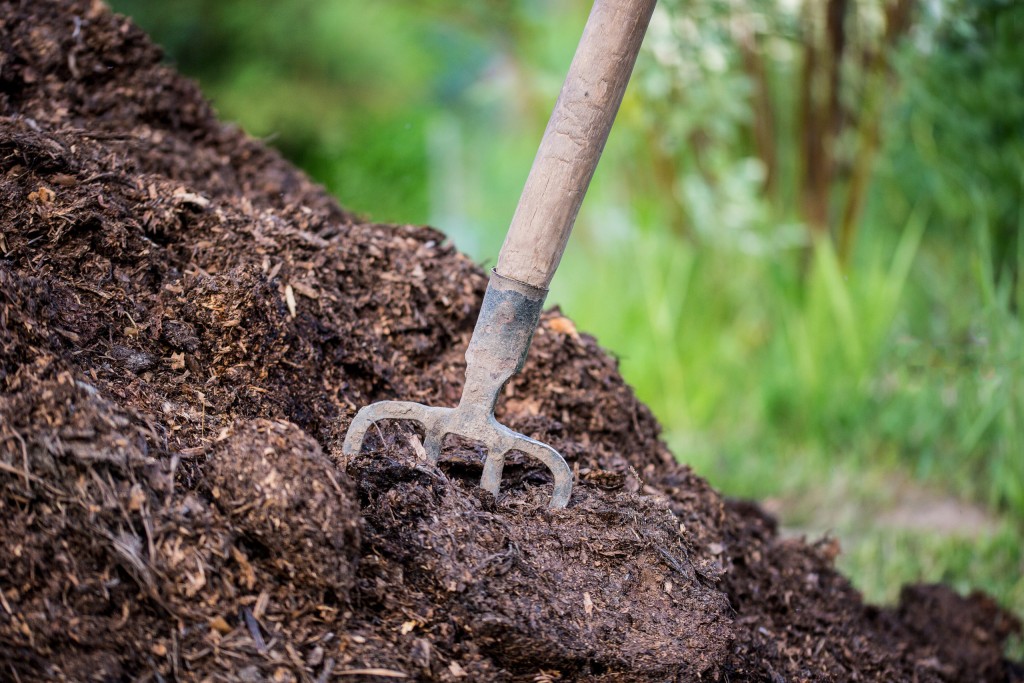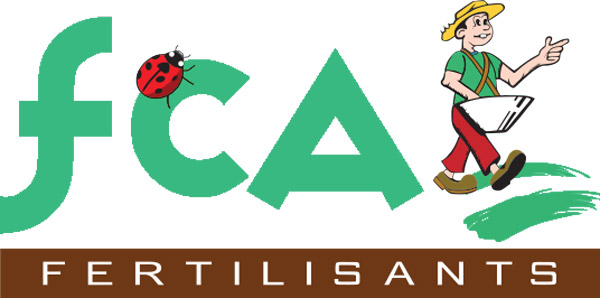The first source of fertilizer used on farms, organic manure has been used since the beginnings of agriculture. The first peasants quickly discovered that the contribution of organic matter of animal or vegetable origin increases the yield of crops.
Organic manure is a source for plants of major nutrients such as nitrogen, phosphorus and potash, and it is also a source of carbon necessary for the formation of humus.
But the sources of organic matter are very numerous and between cattle manure, pig manure, digestate from a methanization unit, compost plugs, or even crop residues nitrogen traps, how to choose? and above all what impact on soil fertility and crop yields?
Choosing organic manure: the C / N ratio, the first quality criterion
The ratio of carbon to nitrogen of an organic fertilizer represents its ability to decompose under the action of microorganisms in the soil. A laboratory analysis makes it possible to know this relationship between the carbon and nitrogen concentrations in the manure.
During the mineralization of these organic sources of fertilization, bacteria consume nitrogen for their constitution.
It is considered that if the C / N ratio of an organic amendment is greater than 25, there is too much carbon relative to nitrogen. Microorganisms will draw on soil reserves instead of releasing units. This phenomenon creates an imbalance called “nitrogen hunger” for plants. Conversely, if the C / N is less than 25, the microorganisms will release the excess nitrogen and make it available to crops.
For example, organic amendments rich in lignin and cellulose (cereal straw, green wood waste) have a C / N well above 50, or even 100. Their degradation consumes nitrogen. Conversely, pig slurry, clippings or plant coverings have a C / N of less than 20 and quickly release nitrogen to the plants.
Each type of organic smoke to be identified based on its C / N ratio. We will talk about organic amendment when the C / N ratio is greater than 25 and organic fertilizer when the C / N ratio is less than 25.
But then what to choose between these organic manures?
The gradual decline in soil fertility is attributed to the decrease in organic matter and humus levels, and therefore to the amount of carbon stored in the soils, with repercussions on the management of agricultural production.
The current dilemma of fertilizing a farm is therefore to replenish its carbon stock in the soil, by providing enough nitrogen for its degradation, while ensuring the nutrition of the crop in place.
It is not the contribution of a single product, but the use of several techniques that will be the answer.
The addition of an organic amendment with a high C / N ratio must be accompanied by the cultivation of legumes on the plot, alone or in combination. Legumes will provide the nitrogen necessary for microorganisms to break down organic matter into humus. At the same time, mineral fertilization in potash will meet the nutritional needs of the legume.
The contribution of an organic fertilizer with a low C / N ratio must be accompanied by the return of crop residues to the soil and moderate tillage in order to preserve the populations of filamentous fungi. These will allow the degradation of these woody residues into humus.
By combining agricultural techniques and the spreading of mineral and organic products, it is possible to restore the soil humus rate, while ensuring the production in quantity and quality of crops on farms.







